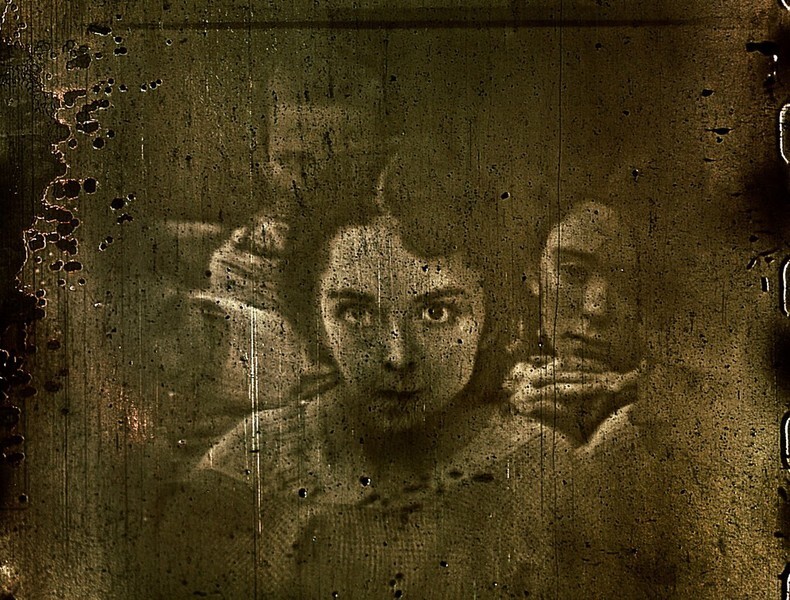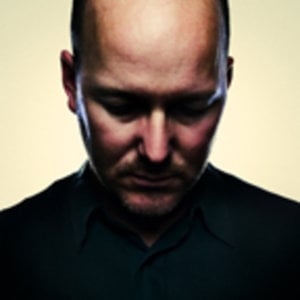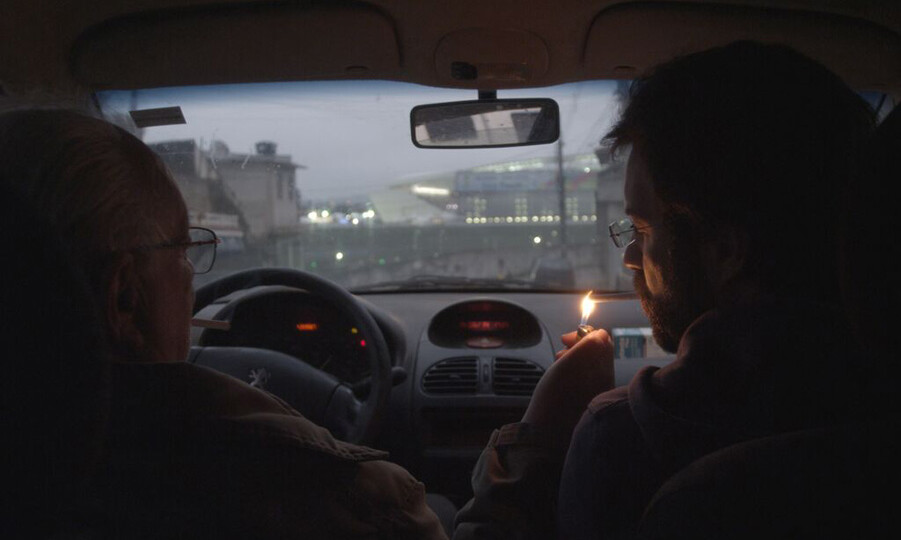My films are not a conversation with the past
Interview with Bill Morrison, the contemporary American artist (born 1965), long-time honored as one of the last “possessed” experimental filmmakers working with reviving the found-footage and non/fictional film material. He became famous for his feature footage movie Decasia (2002), a self-reflexive audiovisual symphony with music by Michael Gordon. However he has shown various forms of recontextualization and montage of in celluloid materials in more than thirty short projects. The 20th Ji.hlava IDFF presents his retrospective selection and master class.
Your selected films will be screened at the festival in Ji.hlava in a classic situation – at the cinema. Is it typical for you to see your films in this traditional context? What do you expect of the projections?
Yes, of course, this is a typical way for me (and others) to see my films. My films have been shown in traditional cinemas at film festivals for the last 25 years. I expect that there will be adequate HD projection and audio, as befits a film festival of Ji.hlava’s stature.
Could you say that the frequent opportunity to present your projects in galleries (and their interest) worldwide, can influence the method and reality of your work?
I have made a few pieces for gallery presentation, but I would not say there have been frequent opportunities. I have no gallery representation. The few pieces that I have made for gallery exhibition have used more text, and less music. Or they are loops. But a far more frequent non-traditional format is for live musical performance, in a theatrical setting. For some of my titles there are extended sequences that breathe with the music. I think that is more of a determining factor than the possibility that the same piece may also one day be shown in a gallery.
What is your attitude towards the concept of “archaism”? Do you conceive your work in relation to such aesthetics (aesthetics of archaism)? Or how would you personally call the concept in an ideal way?
I do not consider the style that I work in “archaic”, nor the images themselves necessarily archaic. The images have often transformed over time to appear exactly the way they do today. An extraordinary confluence of events occurred that made them available to me now, and in turn to you, the audience. They are therefore contemporary images, of today. Furthermore, they have been chosen for either their universal themes, or their resonance with contemporary issues. They have been scanned digitally, and are projected digitally. My films are not a conversation with the past as much as how that past has aged to become part of the present.
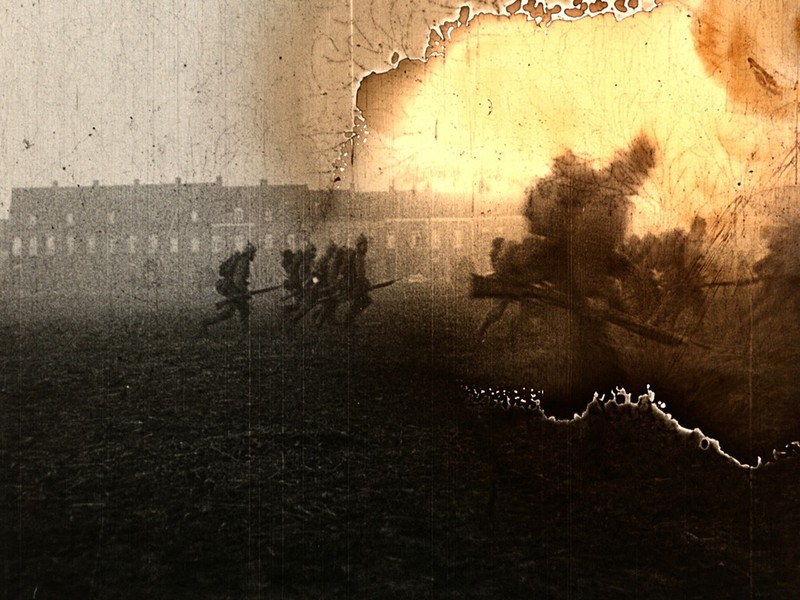
Beyond Zero 1914–1918 (Bill Morrison, 2014)
The artists of the recent “avant-garde” cinema, who work with the found-footage or ready-made materials (eg. Ben Rivers), escape from the “archaism” by adapting their work for the new media possibilities. Are you also tempted to work with the new media? Or do you use it somehow?
I make the films I make according to my own sensibilities. And I don’t consider my methodology, style, or content archaic, so quite naturally I am not looking for ways to escape from “archaism”. The digital scans you see of original decaying nitrate prints is new media. And you can’t see those images anywhere else but in my films.
Generally, the best-known project of your filmography, Decasia (2002), highlighted the work of the found-footage re-edits as a new way to reborn the media (film) history. Is this success essential for you? Or do you count it as a result of the long way, opened by your previous short films?
Decasia certainly came out of my long-standing attraction to archival footage – especially visibly distressed archival footage. It was a natural step for me to make a longer film, and I feel it was of the moment at the time, coming as it did at the turn of the 21st century. I have no way of knowing whether the success of that film was essential for me. I certainly did not expect it, I would have continued to make films without its success, and I have made twenty or more films since then. I will say that it did make my subsequent work with archives easier, as I am no longer regarded by the archives as that strange guy asking to see their dirty laundry.
How would you describe the role of the music material in Decasia and in all your movies in general? Is it an atmospheric, or perhaps a “genre” role? (Horror, tense, restless atmosphere...) Is music for you – from the point of view of an author – an “accompanying” feature, or do you conceive it as a main line of the piece?
Music plays an enormous role in my work. In a film like Decasia, it is the narrator that gives the piece much of its foreboding and also its release at the end. In most cases we begin at the same point, but I ultimately edit to the music. So I think of it as much more primary source and less as an “accompaniment“. I think it is interesting to note that in live musical performances of Decasia, the film informs the audience what the music is about, whereas in traditional cinema screenings, it is the music that informs the images. It seems that whatever the audience member didn’t come to hear or see is what becomes the narrator of the experience.
In collaboration with Michael Gordon or others, do you work in complete freedom? Or what is the chronology of the creation? (Music is influenced by the film re-edit, or, conversely, it motivates the rhythm of the montage?)
I would say that we both work in relatively complete freedom. We start at the same point – a commission and a theme, for instance. We then go off and research and create the material that will form the piece. The final step is for me to edit to his music, usually to a recording with musicians (as opposed to a MIDI rendering of the score). So yes, the music does dictate some aspects of the montage in that the passages often line up. But there are other editorial decisions that affect rhythm and montage that are made quite independently of the music.
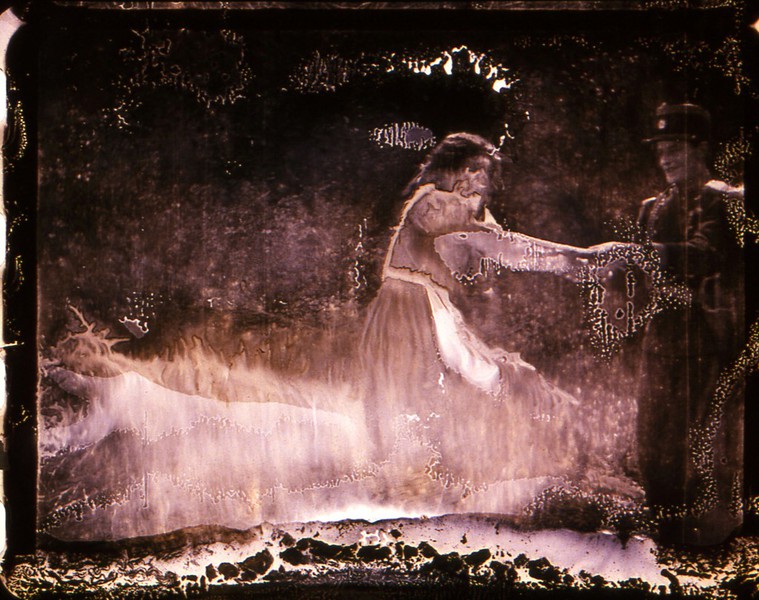
Light Is Calling (Bill Morrison, 2004)
Some films – like Outerborough (2005) – significantly refer to that-time context of estless modernity, its pace and dangers. This creates link to our current age of (virtual) technological chaos. It is your intention to interconnect the time(s), the past and present? To reflect our reality through this “metaphor”?
Outerborough for me is a formal piece. The passage over the Brooklyn Bridge was recorded in 1899 as a way to share this experience with others. One trip across the Bridge becomes one unit of time, and by speeding it up and looping it upon itself, it creates spatial and temporal harmonies within itself. If others interpret it as a link to technological chaos that is O.K. with me, but it was not the intention of the piece.
In the films like The Mesmerist (2003) and Light Is Calling (2004), an unstoppable, growing fury emerges from the stains, scratches, chemical defects and jungle of material destruction. The viewer can watch them as a horror (both in the formal way and content). Is it important for you that the application and visibility of this aesthetics cause that these movies “document” their origins and fate themselves? A unique story, that through the original footage recall the old, irreversible stories – like from “beyond the grave”?
I think, Light Is Calling is a pure cinematic beauty. I think it encapsulates a longing that cinema shares with memory – that no individual instant can be stopped and saved, and that it all progresses before our eyes, elusive and ephemeral like life itself. But I agree that The Mesmerist is a horror film, both formally and narratively. It also capitalizes on an image in the original source film “The Bells”, shot in 1928, in which the body of a Polish Jew is incinerated. Set in the 19th century, this clearly references the pogroms that had historically plagued Europe. But seen through the lens of the 20th century, post-Holocaust, it is an especially chilling image to see from the other side of WWII. I think this esthetic presence of the signs of decay is on one hand a visualization of that time passed. They also serve as a type of quotation mark, referencing that this is a story of a previous time twice removed – an old story told in 1928, is an older story still in 2004, coming to us now through the haze of a singular deteriorated nitrate print.
Your films, returning to the found-footage concept of a “poor creation”, look, de facto, - in the context of the current dominant scene of “congestion” or pragmatic use (and commercialization) of audiovisual materials of all kinds – like a political gesture. Do you perceive your work, in this way, as politically or socially engaged?
There are some pieces that are more overtly political than others – The Miners’ Hymns (2010), The Great Flood (2012) and Dawson City: Frozen Time (2016). But I am able to determine what I make films about with very little, if any input from any outside source, and this freedom is a type of political capital. I also hope it is an inspiration for others to make films that comment on the state of things by looking to how the past has become part of the present and future.
|
|
American experimental filmmaker and documentarian Bill Morrison uses a variety of damaged celluloid strips in his films; most often, however, those damaged by the ravages of time. Using excerpts from his own films, he describes in his masterclass how archival material can be transformed into very different films, whether image-based, documentary, or narrative. He also shows how the meaning of the original source material can be modified by placing the fragments into a new context. |

